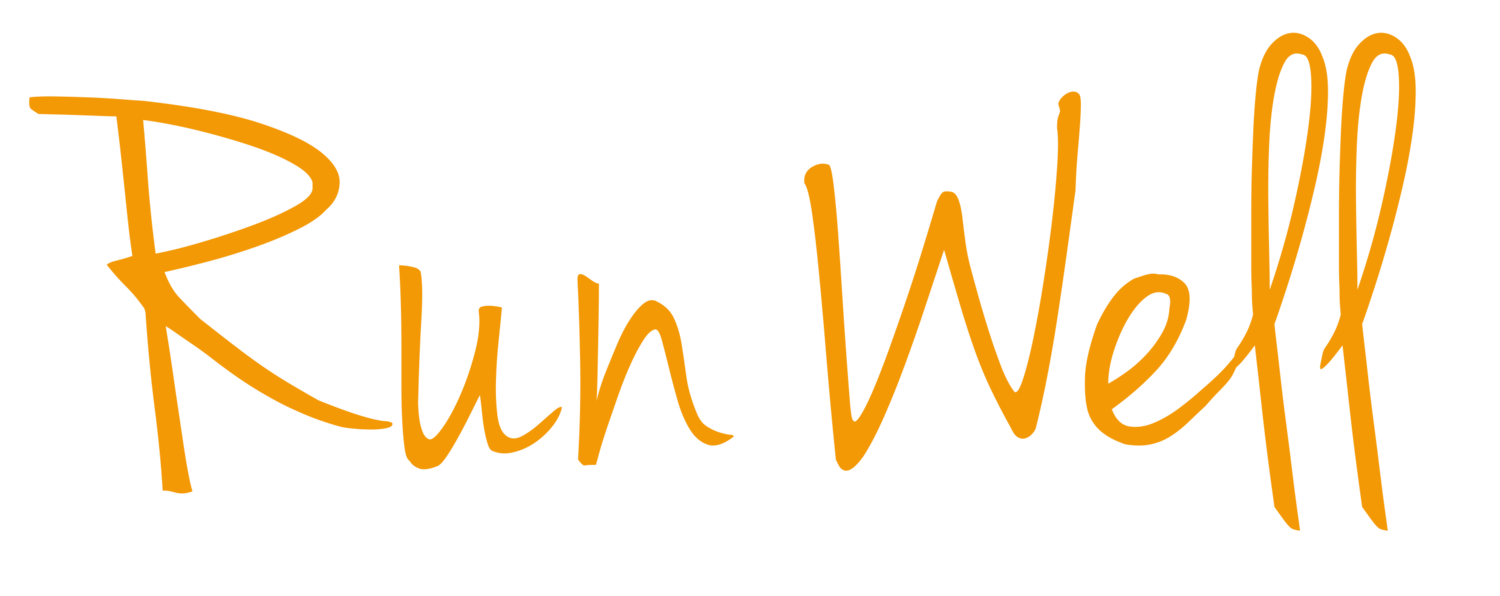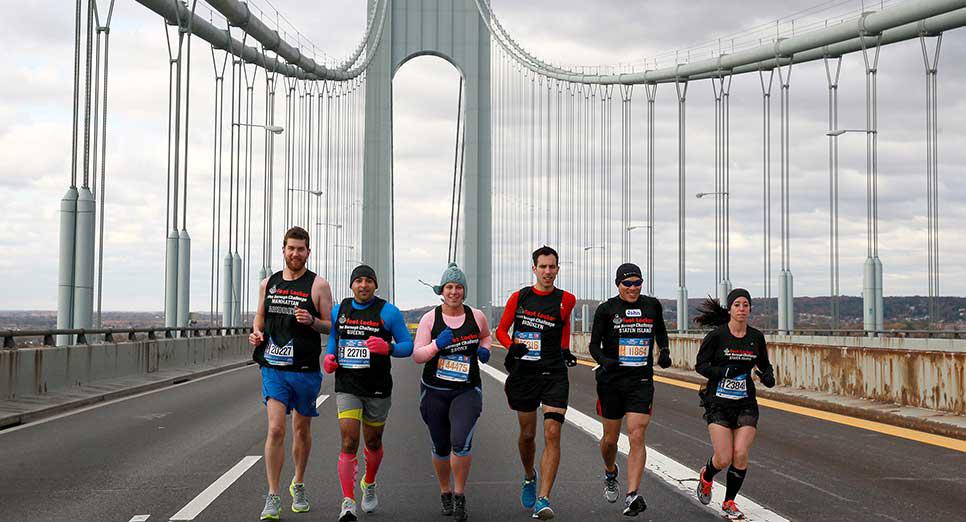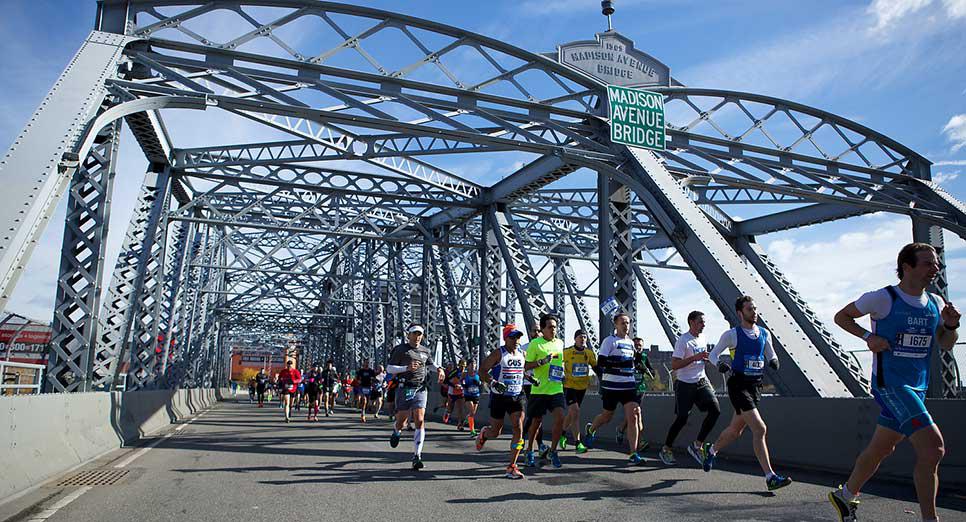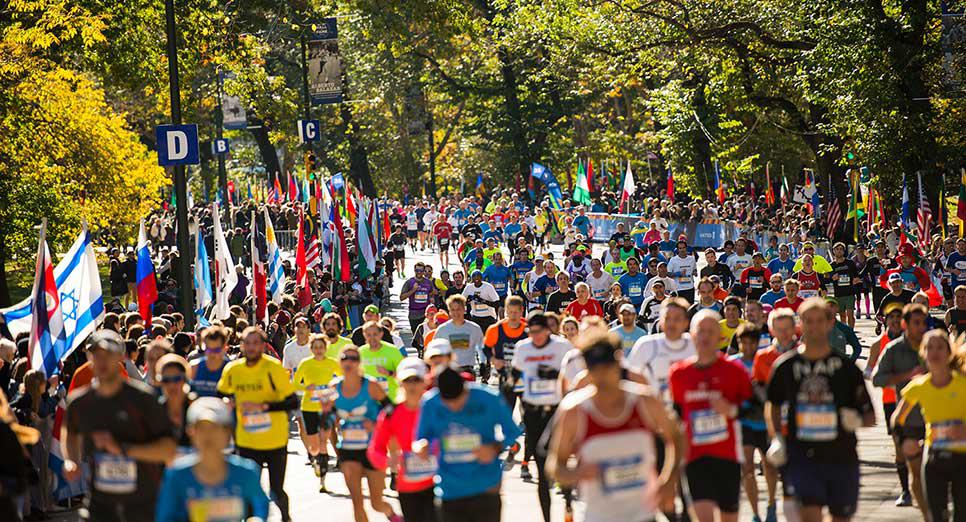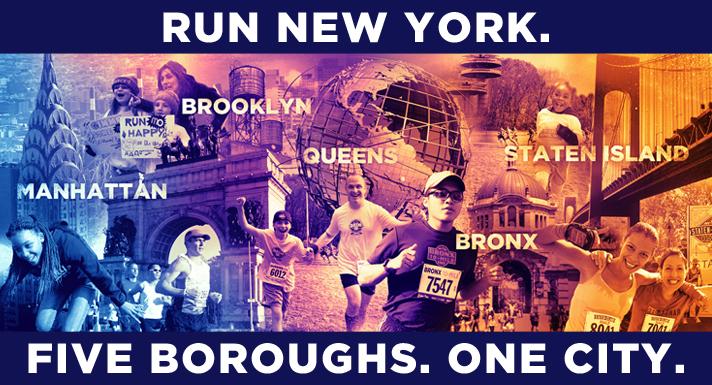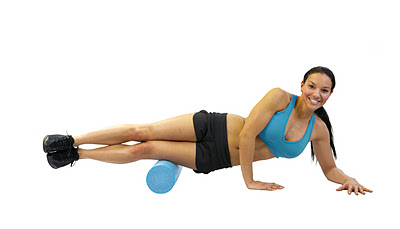A Tempo run is a faster paced workout also known as a (lactate) Threshold run and is considered run at "comfortably hard" pace. This run is the key to racing your best, at any distance as it improves your metabolic fitness, or simply teaches your body to run faster for longer as your muscles become better at dealing with lactic acid build-up. Importantly, the Tempo run is the single most important workout you can do to improve your speed for any distance. Furthermore, when training for longer distances of Half Marathon and Full Marathon, the Tempo run is more valuable than track work.
How Does it Work?
Whilst Long Runs train your cardiovascular system to enable you to run long distances by delivering blood & oxygen to the muscles, the Tempo run trains your body to use that oxygen for metabolism more efficiently. This happens by increasing your lactate threshold as you body becomes better at removing this waste product. Your lactate threshold is the point at which your body fatigues at a certain pace, due to lactic acid buildup, which eventually leads to fatigue, and forces you to slow down.
The more you train this threshold, the higher your threshold goes and the further and faster you can run before you fatigue. The longer the distance you want to race the longer your threshold runs should be.
So Tempo runs will certainly improve your race performance, from 10k pace, right up to Half Marathon & Full Marathon distance, as you are able to hold faster paces for longer as you push harder towards your threshold. This results in faster marathon race times.
How To Perform your Tempo Runs?
So for Half Marathon and Full Marathon training, we want threshold runs to go from 20 minutes out to 60 mins or more during the course of your training program. You can start with shorter duration and add 5 minutes each week to the duration of your Tempo run. I like to alternate these with Race Pace runs of the same duration on alternate weeks. Therefore, over your typical 18 week program your Tempo run can build up to 60 minutes or more depending on your starting point.
Here's how your Tempo Run is performed;
1. WARM UP - 10-15 minutes EASY running. Let your heart rate and breathing rate settle.
2. BUILD TO TEMPO PACE - gradually increase your pace up to TEMPO pace over 1-3 kms. (This counts to your Tempo workout duration)
3. MAINTAIN TEMPO PACE - maintain your prescribed TEMPO pace for the remainder of the session duration ensuring you are running with good form and rhythm. Maintain your focus on good form and cadence. If you find your form is collapsing, ease your pace a little until you're running well again, and try to build again.
Alternately, hold your maximum Tempo pace for 2-3 kms, then gradually ease off your pace just a little over final 2-3 kms.
4. COOL DOWN - Finish off with a further 5-10 minutes at EASY pace to cool down, and let your heart rate drop.
Tempo runs are performed at a 'comfortably hard' pace, where you know you're working hard. Not flat out racing but you'd be happy if you could slow down a bit. When training for the marathon; typically your Tempo pace range is about 10-20 seconds faster than your Marathon Race Pace. This can be up to as fast as your 10km Race Pace.
And this is where the real challenge of Tempo running lies. It's hard and it hurts a bit. But you need to sustain the effort, in order to maintain the threshold training effect. Understanding the training benefit is important in helping you to sustain the effort in training.
And so, you're psychological approach here is critical. Further to your physiologic training effect you need to train your mind to be comfortable with this level of discomfort! You're running hard, it hurts a bit, and your mind is telling you if you slow down you'll feel better. This is where you need to practise being content with the discomfort, so you can keep yourself going. - Sure it's uncomfortable, but it's okay, and I'm fine.
Remind yourself of your training session objective, remember your training & race goals, and reward yourself at the end of the session by telling yourself how awesome that was!
Remember to always think about your running form, always Run Well. Think; Tall posture, hips high & forward, keep your cadence up, and your ground contact time short.
Finally, the Tempo Run will instil confidence in you, as you soon learn you can hold a challenging pace for prolonged periods of time. This serves you well when thinking about running your marathon race, being at a gentler pace than what you've trained in your Tempo runs, as well as knowing that you can endure the discomfort that is inevitable towards the final stages of your marathon race.
So, if you're looking for a PB at your next race, switch on and get the most out of your Tempo run.
